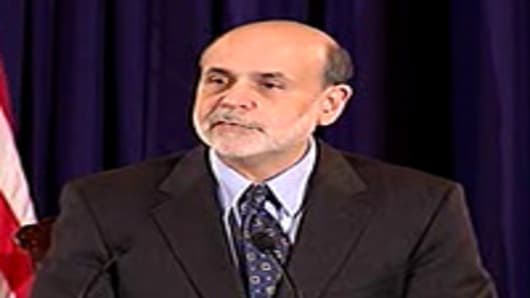The US Treasury would effectively accommodate a possible Federal Reserve stimulus to drive down long-term interest rates, according to people familiar with the matter.
The Treasury would play a crucial role if the Fed decided to launch “Operation Twist”, where the central bank would buy more longer-term Treasury securities to drive down long-term interest rates by reducing the amount of such debt available to other investors.
But its effectiveness would depend on how the Treasury reacted. If it pushed the other way, and took advantage of the Fed’s buying to sell more long-dated debt, then it could minimise the effect on interest rates.
However, the Treasury would be unlikely to respond to falling long-term interest rates with a sudden shift in the pattern of debt issuance, even though one of the Treasury’s strategic goals is to increase the average term of the US national debt.
Treasury declined to comment on the implications of any Fed action on Treasury debt management policy.
Operation Twist – nicknamed after a similar move in 1961 – is one of a number of options the Fed will consider at its next monetary policy meeting on September 20 and 21. Other options include changing its communication about future interest rates or cutting the interest it pays to banks on their reserves.
In an interview with the Financial Times, Charles Plosser, president of the Philadelphia Fed, said one of his concerns about a twist was that it was more properly a tool for fiscal policy.
“The Treasury could accomplish the same thing by just issuing a bunch of short-term debt and purchasing long-term debt,” said Mr Plosser. “And, indeed, in an ‘Operation Twist’-type activity, the Treasury could actually undo it by taking advantage and offering a lot more long-term debt.”
Some economists argue that the Fed’s previous quantitative easing efforts – such as the $600bn QE2 round of asset purchases started last November – were undermined because the Treasury continued to increase its sales of longer-dated bonds.
A twist would mean that the Fed stopped reinvesting in new short-term securities so the Treasury would have to sell more debt to the public. But because revenues have been picking up, the Treasury does not expect it would need to increase debt sales much beyond its current plan.
In the 1961 Twist, there was formal co-operation between the Fed and the Treasury. The Fed agreed to buy more long-term securities and the Treasury agreed to sell fewer of them. This time, although there have been technical conversations between Fed and Treasury officials, neither side knows how or whether the other will act.


